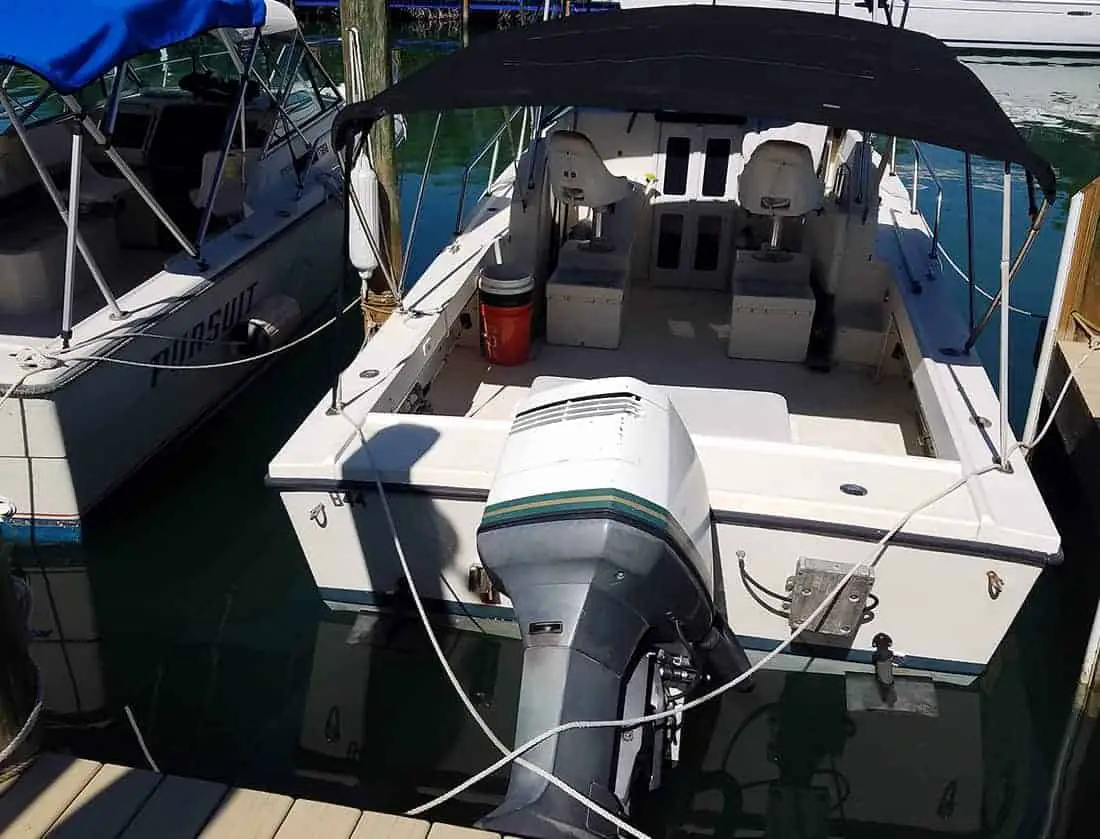

#Tying to a cdock with large tides install#
If you’re a homeowner looking to install a floating dock for private use, getting the proper permits may be the last thing on your mind. Getting a Permit for Your Floating Dock Plans If you’d like your dock to be an extension of your home, you might prefer a more permanent structure built on a solid piling foundation. While there are many benefits to installing a floating dock, traditional stationary docks are still more stable and can be used as an outdoor entertainment space. Inexpensive – Because they require fewer materials and less time to install, the cost of installing a floating dock is considerably less than the cost of stationary piling.Tide Slides can also be used for additional protection in choppy waters. This makes them especially popular in areas vulnerable to hurricanes, as the moving platform won’t put stress on your mooring lines.

Adaptable – They adjust to rising and falling water levels, making it easier to get on and off your watercraft.And because they can be placed farther out into the water than a piling dock, they can also double as a resting place for swimmers and sunbathers. You can move the pieces around to create an L-shape, U-shape, or straight line as your needs change. Customizable – Modular floating docks can be arranged and rearranged as often as you like.This allows you to prolong the life of the structure by removing it from the water in the winter when you’re not using it. Easy to Remove – Most floating docks are portable.You can even order ones that are completely prebuilt. Quick Installation – Because they don’t need to be fixed to the lake or sea bed, installing a floating dock is considerably faster.Some of the benefits that have contributed to the rising popularity of floating docks are: Whether you’re a homeowner looking to fully enjoy your waterfront property or a contractor building a floating dock for commercial use, this guide will help your floating docks projects go more smoothly. Compared with traditional piling structures that are driven into the seabed, floating docks are quicker to install, easier to maintain, and highly versatile. When purchasing the fenders and dock lines, look at the packaging information to make sure the right size and strength.In the last few decades, floating docks have become one of the most popular options on lakes and ocean bays. There is a lot to take in on this topic John, however, once you understand dock location and proper line length, you won’t have to worry about your vessel getting stuck under the dock or lines too tight. Purchase a set of 6 traveling lines (2 bow lines, 2 stern lines and 2 spring lines). The loop end at the boat cleat makes it easier for people, who are non- boaters, to help place the loop over the cleat. I would recommend making your dock lines permanent and the loop end be on the boat cleats. Also, when there is a substantial amount of rain, the spillways from the Everglades will be open and create extreme water levels as well.
#Tying to a cdock with large tides full#
Take note that when the moon is Full and when the moon is New, the tides will have higher high tides and lower low tides. Make sure when you are at dead low tide, the lines are not too tight. I would also suggest blocking out a 6 hour time span that corresponds with either an outgoing or incoming tide, so you can observe what is happening to your vessel. Another item you may need are mooring whips to keep the boat away from the dock. The length of the boat lines are important depending on the location of the dock cleats and pilings in relation to the boat cleats and boat position at the dock. Once you arrive to the dock location with your boat, you will need appropriately sized fenders(bumpers) and boat lines for bow, stern and spring cleats. I would ask how high does the water rise and how low does the water fall. My first thought would be to ask your dock neighbors or dock master what the local knowledge is of the water movement around the marina. The closer you are to an inlet or bridge, the more extreme the water movement is. The tide changes from incoming to outgoing every 6 hours. Once you understand the tide and currents around your dock, then tying your boat off will be rather simple.


 0 kommentar(er)
0 kommentar(er)
